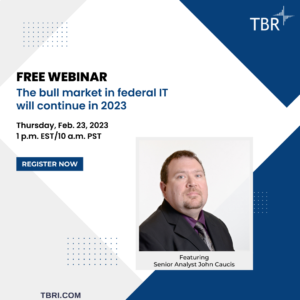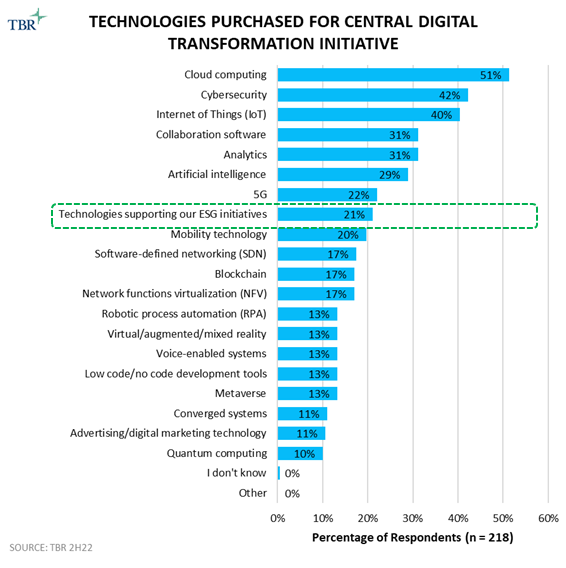How To Build Trust In Financial Model(ing)
Financial modeling: Trusting the data
A financial model is only as valuable as the validation, sourcing and trust that underly the numbers. In other parts of this series, we’ve talked about what a financial model is and how financial modeling can be used, but none of those things matter without trust in the data.
At TBR, this fact plays into every step of working with clients on financial modeling engagements: upfront, during the modeling process, and in the final delivery of the models and our recommendations based on them. Here are some of the techniques we recommend for building trust in your financial models.
Reported financials and SEC filings need to be the foundation
Publicly held companies provide a wealth of resources through their Securities and Exchange Commission (SEC) filings and financial disclosures. While the cadence of these releases follows a standard quarterly and annual schedule, the content and depth of the disclosures vary quite a bit from company to company. In addition to the standard income statement, balance sheet and statement of cash flows, every company provides different types of information on their segments, expenses and resources.
Some report headcount by function and/or geography while others report only a single total headcount figure. Larger companies have segment reporting, which is very important as we parse revenue, expense and headcount for our modeling clients. To make matters more challenging, many companies regularly change their segment definitions, reorganizing their offerings into new segments or integrating more granular or even less granular data into their financial results. Keeping track of how and where companies report financial information can be quite challenging, but it is an essential starting place for financial modeling.
The primary value in cataloging publicly reported financial information is that it gives you the confidence to take the next step into more granular and estimated data. It provides the model recipient with a clear initial reference point to return back to with the more detailed models. No matter what, you are able to show how we take those undisputable data points and facts to confidently estimate peers’ headcount, revenue size, investment trends or level of investment.
The best way to model the business is to know the business
Once all the base-level financial information is captured, the next step in validating a model is to become immersed in the business. Understanding the history, leadership and different dynamics of a company’s segment or product group allows the analyst to audit and check how the financial model should trend over time. Identifying the leaders of particular segments being modeled can be a great way to check trends and potentially pick up specific data points. This can be achieved through earnings calls, investor presentations, video interviews, and also in-person events where the executives are sharing their strategy and recent performance.
Occasionally other specific data points, like revenue or headcount, are shared during these types of presentations, but more often there is qualitative insight about the trajectory, strategy and future plans that are shared, which can confirm or guide financial models.
Secondary sources can guide and bound estimates
Getting beyond the reported information and direct executive commentary, secondary sources give more nuanced indicators for financial models. This is an incredibly broad category of sources that can range from press articles to official and personal social media posts to job posting sites. While these sources rarely offer specific quantitative data, they do provide points of reference to validate our financial models.
Examples can include an executive on LinkedIn sharing a growth rate or headcount figure for the size of the business they formerly led, or a local news story about a vendor opening a new facility, including the number of jobs available and the amount of investments being made. Most TBR models are structured quarterly, so it’s not possible to get the same data points every quarter, but they can provide a point in time that is useful as a reference and validation.
Targeted primary research fills in the gaps in reported and secondary information
The last step to make a financial model useful is to think about the actual problem that is being addressed and what actions should be taken. Interviews with executives who either currently or recently led business units are most often the best source for strategies and tactics that are driving the results shown in the financial model.
While all confidentiality and nondisclosure agreements are upheld, these candid discussions can validate the overall trends being depicted by our financial models. The relative growth of one business compared with others, levels of profitability, the pace of hiring, and other critical elements of our modeling engagements can be discussed with the right individuals. These discussions are helpful throughout the modeling engagement and validation process.
At the initiation of a project, they can help provide hypotheses about how a business is performing and the factors impacting that performance. Later in the engagement, discussions can help validate those assumptions and translate into recommendations for our client based on the financial modeling.


